In this exclusive interview by TheCSRUniverse, we delve into the journey and insights of Nivedita Sarbadhikari, Landor’s Global People Lead, DEI & People Director, India & Singapore. With nearly two decades of experience in consulting and talent management across multiple geographies and organizations like Hewitt, JWT, Nivedita has championed Diversity, Equity, and Inclusion (DEI) within corporate frameworks.
Nivedita discusses the strategic localization of DEI initiatives across Landor's global offices, addressing regional nuances with culturally tailored approaches. Through innovative programs like the Next Gen Brand Transformers and Springboard internships, Landor broadens its talent pool, exemplifying inclusive hiring practices. She also sheds light on the unique DEI challenges in India compared to Western countries, emphasizing the complexities of casteism, religious biases, and societal stigmas. She outlines the importance of intersectionality in DEI efforts, tackling unconscious biases, and implementing robust frameworks that transcend mere compliance to achieve genuine inclusivity.
Discover how to craft forward-thinking DEI practices that drive growth through a culture where every individual feels valued and respected:
Q. Please tell us a little more about your journey and what inspired you to focus on Diversity, Equity, and Inclusion (DEI) in your career.
A. I started my career 19 years back in consulting which I was always very passionate about. My last consulting stint was with Hewitt (now Aon) where I was the HRBP for India and the Middle East. I then moved on to lead talent management for 17 countries across APAC at JWT (now VML). I spent 12 wonderful years at JWT out of which I spent 8 years focussing on DEI. My then manager and ex-CPO of Wunderman Thompson South Asia, Roopa Badrinath introduced me to the world of DEI. I started by reading and gaining knowledge and insights, taking short courses to understand DEI from a holistic lens and auditing our internal processes to identify the gaps that needed to be filled.
This was at a time when very few companies (unlike today) even knew what DEI was. It was very fulfilling when we went to leaders with a plan and they supported the same, half the battle is won there! We started with small things that made a big impact and slowly moved to bigger initiatives across the employee lifecycle. What started as a small idea quickly snowballed into giving us the first mover advantage in multiple DEI initiatives like speed mentoring, the human library, reverse mentoring, women's ERGs, growth, performance management, etc. that were eventually scaled up to a regional and global level. My DEI journey started small but as I kept seeing all the great impact it made, it continued to inspire me to do more, to do better. As the Global People Lead for DEI at Landor, I continue to help create a sense of belonging where everyone is treated, fairly and equally with dignity and respect.
Q. Given Landor’s presence across multiple geographies, how do you ensure that your DEI strategies are effectively localized to address regional nuances?
A. Landor has a very structured approach to DEI. While our DEI strategy and goals are formulated by leaders at a global level on the foundation of our Global Manifesto, we understand that a truly inclusive global DEI strategy will only work if everyone’s POV is taken into consideration and it addresses local nuances of each country or region. A truly global DEI strategy must adapt practices across cultural borders, and this becomes paramount for its success.
Having said that, it does come with its own unique challenges. At Landor, we see these challenges as opportunities. An opportunity to ensure that there is respect, fairness, and inclusivity irrespective of geography. We implement our Global DEI strategy by understanding cultural nuances and listening to local voices to come up with a tailored approach for maximum impact. At the end of the day, irrespective of how we modify these initiatives, it ultimately leads to creating a collective sense of belonging for all.
Let me give you an example of Inclusive Internships. In 2019, we created our Next Gen Brand Transformers Programme. The objective of the programme is to broaden and diversify our talent pool, by tapping into groups of candidates starting their careers from a variety of backgrounds and socio-economic groups from across the globe. Last year, we had more than 1000 applicants from 52 countries, all of whom undertook the virtual training series over the course of seven weeks. At the end, participants can apply for one of 18 paid internships at Landor Studios across the world. Notably, 71% of our applicants came from underrepresented groups, and we proudly hired an intern for our Client Services team in Delhi who is a part of the LGBTQIA+ community.
Similarly in India, we have Springboard and the Springboard Learning Series. It is Landor India’s bi-annual internship program which runs in two cohorts - January to June and July to December. At the end of the internship programme, they not only walk away with comprehensive project experience and business knowledge, but they also get internship completion certificates and an opportunity to showcase their personal brand. Both programs aim to give back by educating people about branding and design and focusses on inclusive hiring through internship opportunities.
Q. Could you shed some light on the unique DEI challenges faced by organizations in India vis-a-vis Western countries?
A. In India, DEI efforts are primarily directed towards gender, LGBTQIA+ inclusion and persons with disabilities. Some companies even focus on caste, religion, ethnicity, and regional backgrounds. There is also a lot of emphasis on providing opportunities to talent from tier 3 and tier 4 cities. However, India is plagued with its own plethora of challenges. Casteism, islamophobia, transphobia, homophobia, lack of societal, constitutional, and legal support, minimal efforts at a grass-root level, gender pay gap, infrastructure, unconscious biases, microaggressions, health and safety, lack of education and awareness and societal stigma play a huge role in slowing down DEI efforts because the approach is not consistent everywhere. As compared to this, western countries primarily lay a huge focus on race, ethnicity, gender, and people from other underrepresented groups like veterans, etc. However, many of these DEI efforts have been met with a certain level of scepticism, some calling them window-dressing measures for publicity while others calling them unfair and exclusionary. Sometimes the focus on gender is so much that other diversities feel left behind. Many of these challenges stem from a lack of diversity among decision-makers, hence there is no unified approach to DEI.
Q. There are multiple groups that come under the umbrella of LGBTQIA+. How do you navigate the intersectionality of various groups to ensure that DEI initiatives are comprehensive and inclusive?
A. Intersectionality sheds light on the complex dynamics that shape the experiences of individuals who belong to multiple marginalized groups. If the intersectionality of one’s class, caste, culture, religion, ability, etc. is not embraced, it can leave people feeling abandoned and isolated. The only way to navigate through this is by:
- Acknowledging and accepting the complexity of the discrimination.
- Respecting and valuing the diverse experiences and unique needs of all individuals.
- Amplifying voices of marginalised individuals through allyship.
- Using this understanding to challenge systematic inequalities.
- Building an environment that is equal and inclusive for all through positive advocacy and collective solidarity.
- Addressing the diverse experiences and unique needs of individuals within the community.
Q. Unconscious biases pose a critical challenge when it comes to true inclusivity. What are some key strategies for tackling unconscious biases in the workplace, and how can organisations implement them?
A. Everyone holds unconscious biases. These prejudices or stereotypes held about certain groups of people can lead to unfair or discriminatory treatment of others, ultimately hurting culture, morale, and employee retention. Landor ensures that employees understand these biases and make conscious efforts to manage them. Our mandatory Ethics training and Inclusion as a Skill training are aligned with our company code of conduct to ensure everyone understands the nature of these biases and is equipped to tackle them. Even our other training programs like Line Manager Fundaments Training, have an element of inclusion in them to ensure managing these biases is not forgotten.
One must remember that they are unconscious biases for a reason – many people aren't consciously aware of having them and you cannot flip a switch to eliminate them. Organizations need to move the needle by making consistent efforts to build awareness around these biases. Leaders and managers must walk the talk, lead by example, and treat everyone fairly. There has to be a strong emphasis on - on-the-job practical training (not just formal training opportunities) through coaching, guiding, mentoring and encouraging people to be more mindful. People teams need to ensure that their internal processes are designed in a way that eliminates bias and promotes equal opportunity for all.
Q. What are some innovative DEI practices or initiatives that Landor has implemented, which you believe could serve as a model for other organizations?
A. Culture is the heartbeat of Landor, driving our employer brand promise and defining our unique identity. It’s not something that can be created overnight or by a select few; rather, it’s a collective effort where every member of our organization lives by and upholds the values and principles that shape our culture. Our culture is a distinctive differentiator that helps attract world-class talent, retain, and develop them, and turn them into brand ambassadors, even beyond their time with us. It also strengthens our client relationships, aligning our cultural ethos with theirs, and leads to bigger, bolder ideas and solutions. At Landor we want to create a culture where everyone is included, where everyone can listen, teach, be heard, empathize, and ask questions, all in the spirit of learning and cultivating an open mindset. We have:
- Building to Belong: Building to Belong is our grassroots-led network, focused on seeking different perspectives from across the globe to continually review how we can innovate, adapt, and keep our culture as relevant as possible for our teams. They work towards building a workplace that embraces and furthers inclusion and diversity, to positively impact our culture, work, and performance. It is centred as the responsibility of everyone at Landor, not just a small few and approaches inclusion and diversity through the lens of action and accountability. B2B measures our success by impact, not intent and strives to be the benchmark of inclusion and diversity for our network and industry. They are responsible for a lot of DEI events, programs and initiatives at Landor.
- The Good Squad: The Good Squad is a global community of Landor employees who are striving to learn more about sustainability and do good in the context of their daily jobs. All employees, across all functions are invited to join and can dedicate up to 10% of their annual time to The Good Squad. So far, over 25% of our global Landor people have signed up. The initiative is based on the principles of learning, sharing, inspiring, and doing good. To date, the work of The Good Squad has spanned from enriching a global understanding of sustainability trends to uncovering inspiring local examples of sustainability to connecting with inspiring sustainability experts and sharing with each other.
- Inclusive Hiring: Through our Next Gen Brand Transformers Programme and the Springboard Program, we aim to broaden and diversify our talent pool. Our hiring strategy is embedded with multiple touchpoints that ensure a fair and equal opportunity for all. We have inclusive JDs, an inclusive hiring panel and an inclusive hiring manager training ensuring that our hiring process is fair and bias-free. We track hires from diverse backgrounds across all levels.
- UNITE: An employee-led support and resource group designed and created for the LGBTQIA+ Community. As the People Director of Landor India, I am the co-chair for the UNITE India chapter that works towards creating inclusive policies, education and awareness and a safe space for the community and its allies.
- Hybrid/ flexible working and inclusive policies: Our employees have great flexible working options. We trust our people to be committed to their work. Managers have regular check-ins with their teams to ensure deliverables are on track and take stock of how they are feeling and if someone needs any additional support. Many of our people work completely remotely from tier 3 and tier 4 cities and continue to collaborate with their teams, clients, and leaders. Many of our policies are designed keeping employee expectations in mind. E.g. Since a large population of our workforce are Gen Zs, we have introduced marriage leave and study leave so that we can support them during their important milestones. Landor also offers life-stage support to employees with caregiving responsibilities, mothers returning to work, the inclusion of same-sex partners in insurance policies, adoption leave, etc.
- Future Leaders Team (FLT) and Cultural Task Force (CTF): The Future Leaders Team (FLT), nominated by the Senior Leadership Team for a 6-month tenure, focuses on key areas such as process improvement, actions from our annual employee sentiment survey, employee health and wellbeing, DEIB, strengthening company culture, and re-energizing the Cultural Task Force (CTF). The CTF is responsible for planning and executing engagement and cultural activities aimed at boosting employee engagement. They work closely with the FLT and People Team to shape the people and culture narrative of Landor. Their key focus areas include building a strong company culture, infusing positive energy, and enhancing the overall employee experience. Their role is to partner with the Senior Leadership Team to drive organizational change and provide strategic support through two-way communication. One such proof is Landor winning the coveted GPTW certification in 2023 and getting recognized among India's Best Workplaces for Women 2023 (Mid-size).
Q. What are some common misconceptions about DEI that you have encountered, and how do you address them?
A. Myth: Diversity, Inclusion, Equity and Belonging are all the same things.
- Reality: DEIB is a very sensitive space and there needs to be an understanding of the nuances of people, societies, communities, and cultures. One of the reasons why it is so difficult to get leadership buy-in on DEI projects is that many don’t understand it and how it makes business sense. Any DEI journey has to start with education and awareness.
Myth: DEI is meant to support only minority groups.
- Reality: While minorities will benefit from DEI programs, they are largely designed to benefit everyone in the organization.
Myth: You need to compromise on the quality of candidates in diversity hiring.
- Reality: A truly diverse company will welcome everyone. A truly inclusive hiring process will ensure the right person for the right job.
Myth: Hiring a DEI expert or consultant will solve everything.
- Reality: If organizations do not have the right expertise to understand DEI, it is advisable to partner with an expert in this field. An expert will audit and understand the issues in an organization to find solutions, but if the leadership is not willing to change, adapt or lead by example, efforts will fall flat. Leaders need to proactively roll up their sleeves and take charge to ensure that DEI goals are a part of everyone’s KRAs, including theirs.
Myth: DEI is the same as employee engagement.
- Reality: DEI is more than a workshop or two, inclusive hiring or building effective teams. A robust DEI policy and framework works across the entire employee life cycle. From creating a sense of belonging where everyone feels valued, welcome, and respected to giving the organization a competitive edge to strengthen the bottom line, DEI at the workplace deep dives into many aspects of an organization’s growth journey.
Q. How can organizations measure the success of their DEI initiatives, and what metrics does Landor use to assess its progress?
A. Our DEI Evaluation Matrix cuts across various touchpoints and that is ideally how most organization who are committed to DEI do it. We have:
- Recruitment Analysis: This covers bias-free recruitment process, demographic data breakup, diversity of applicant pool and hiring panel, inclusive JDs, equal opportunity employer declaration and policy, positive images of people and inclusive language in hiring posts, diverse sourcing and outreach, diversity of partners and vendors and reasonable accommodations.
- Performance Analysis: This is another crucial part of how we work at Landor. Right from setting SMART KRAs and KPI for our people aligned to our company goals and vision, to people manager and hiring manager training, identifying, and growing HiPot employees across levels and also tracking % of women from the HiPot pool, learning and development opportunities, managing work-life balance and mental health allies, we have it all.
- Promotion & Leadership Pipeline Analysis: We look at diversity and inclusion representation % across levels including C-suite and constantly work towards improving the representation of women at senior levels by trying to identify and remove any systemic barriers. We track gender-wise salary Increase, promotion, and performance bonus data across levels and invent in succession planning by conducting leadership pipeline analysis.
- Employee Experience (EX): Our annual employee sentiment survey helps us understand our people’s needs and emotions. Detailed action plans are designed and communicated to everyone by leaders post the survey. We also conduct an annual demographic survey called ‘Count Me In’ that helps us understand lived experience to build a better workplace through programmes, policies and processes to advance equity and inclusion, so everyone can thrive. Our L&D offerings through Landor Learning, Next Gen Brand Transformers Programs and Springboard Learning Series, Rewards and Recognition programs, ERGs like UNITE (for the LGBTQIA+ community), Building to Belong, inclusive policies and cultural holidays all add up to our holistic DEI portfolio.
- Attrition Analysis: We make it a point to study employee turnover data and exit interview analysis, to identify where the gaps are and our efforts to turn our existing employees into brand ambassadors or boomerangs in the future.
- Inclusive design: This too plays a huge role in shaping our culture. Our offices in Mumbai and Delhi have been designed to help create an intentional environment to promote collaboration and innovative thinking to unlock a thriving company culture where employees can think, ideate, and flourish. The open space in both offices is buzzing with energy, music, bright colours, comfortable/ adjustable furniture and open gathering areas or conference rooms where people can come together easily to brainstorm, experience tech and AI in its fullest capacity and learn and develop programs that feel enhanced in these workspaces. This encourages transparency and teamwork, creating an environment where ideas flow freely and accessibility is prioritized. E.g. Having gender-neutral washrooms to support a more inclusive culture. We believe that aesthetic elements such as colour schemes, artwork, and furniture contribute to our cultural identity. Our vibrant Ultramarine Blue colour and innovative posters around the work we do for our clients and our brand guidelines are used to inspire creativity and energize our workspace. These visual cues not only enhance the aesthetic appeal but also align with our values, like the Landor Manifesto wall we have that constantly reminds people of ‘who we are’ and ‘what we believe in’. This creates a sense of emotional connection to our organizations culture and values. The general environment of our office is fun, vibrant, and inviting for all. It’s well-lit with a fabulous view which helps maximize productivity and creates a sense of comfort. We emphasize the importance of work-life balance through the availability of relaxation areas and break rooms. These spaces are intended to provide employees with opportunities to unwind, socialize, and build relationships, fostering a sense of community and reinforcing a culture of inclusivity and support.
Q. What advice would you give to other HR professionals who are looking to enhance their organization's DEI efforts?
A. Start by auditing your policies and processes across the board, identify the gaps and come out with a practical plan of action. Have a DEI policy and statement that aligns with the way you work and how you want your culture to be. Get leadership buy-in by educating and encouraging them to step in and take charge. DEI fatigue is real. Ensure you take things up systematically and don’t bite off more than you can chew. Listen to your people, it is the foundation on which you need to build your DEI strategy. Be innovative and think out of the box, keep an eye on DEI best practices, benchmarks and trends or engage with an expert. Don’t have a tokenistic approach to DEI, work toward genuine inclusion, measurement, and accountability. Lastly, be consistent, DEI is not a one-time thing. Educate, communicate, and execute constantly. It is a lot of hard work but it’s all worth it in the end!
Q. In your opinion, what are the future trends in DEI, and how should organizations prepare to address them?
A. Employee Resource Groups (ERGs) will continue to play a crucial role in fostering inclusive cultures, driving transformative change and championing well-being. If you don’t have one, now is a good time to start. Companies will have to boost innovation and become a talent magnet by attracting top talent. Similarly, retention, engagement and employee experience will continue to be in the spotlight fostering a sense of belonging and leading to higher job satisfaction. With more and more businesses operating on a global scale, organizations must navigate diverse markets more effectively and tailor their DEI approach accordingly. This also means that virtual inclusion initiatives will become the need of the hour.
Organizations will have to prioritize strategies to identify and eliminate biases, promote fair and equitable practices and have a more data-driven decision-making approach. Creating mental health inclusivity by incorporating it into DEI strategies for overall employee well-being will become key. Mental health will become a top priority for companies and a simple EAP program won’t cut it. Understanding culture and laying emphasis on cultural competency training will also become important in this global world. Enhanced accessibility and workplace design will also play a pivotal role in inclusion. Companies will have to recognise the importance of work-life balance and promote flexible work arrangements.



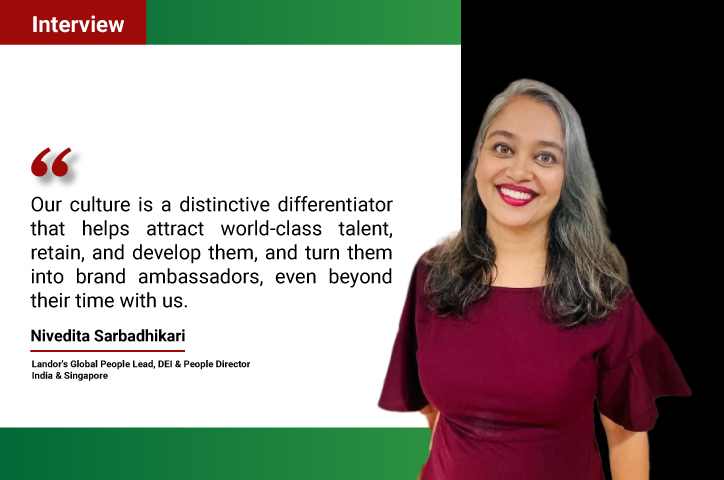
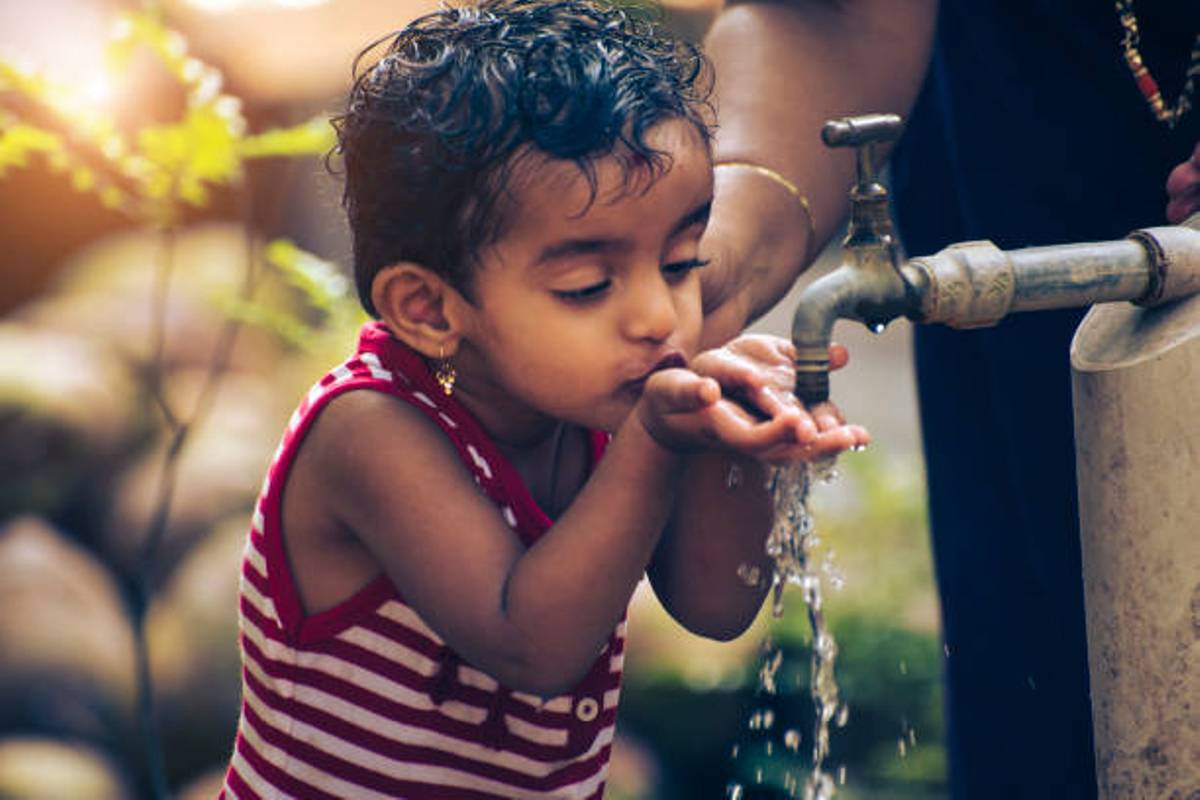
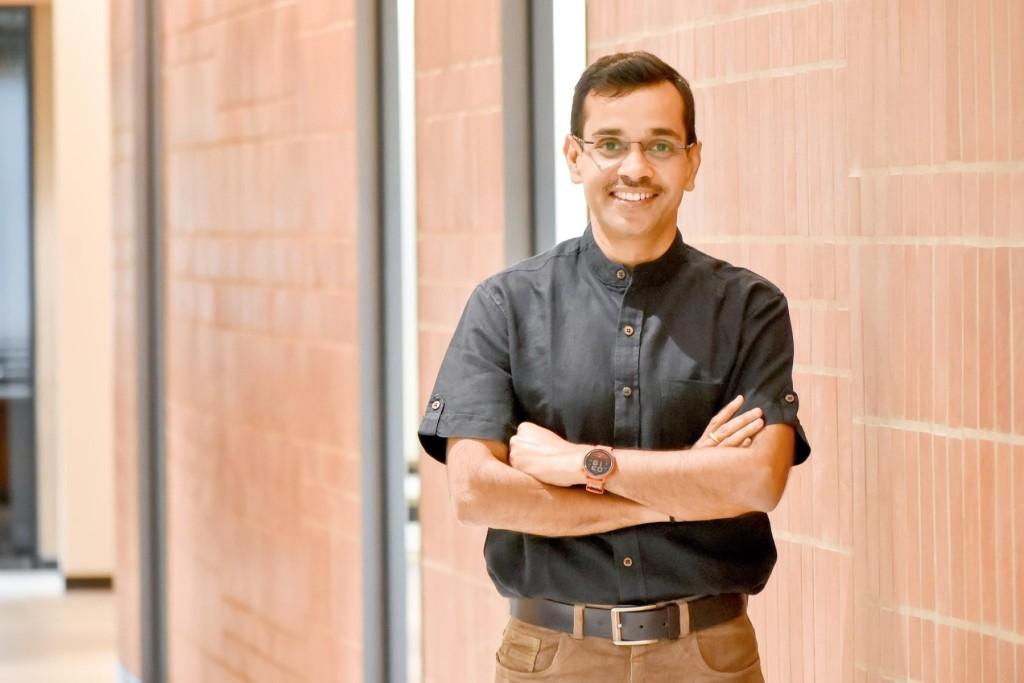

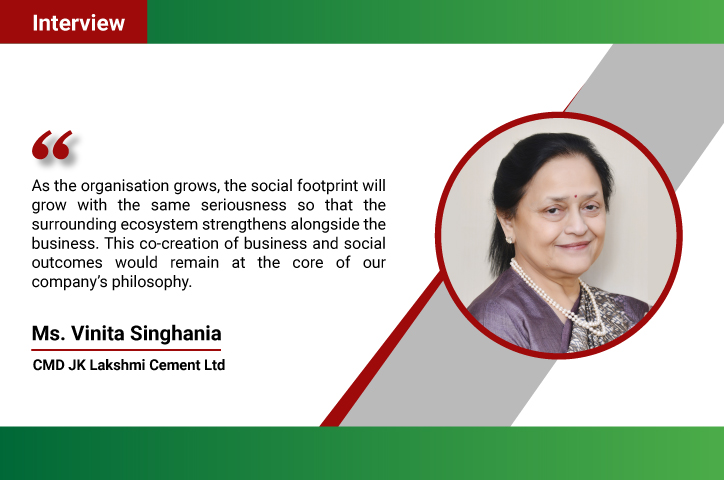
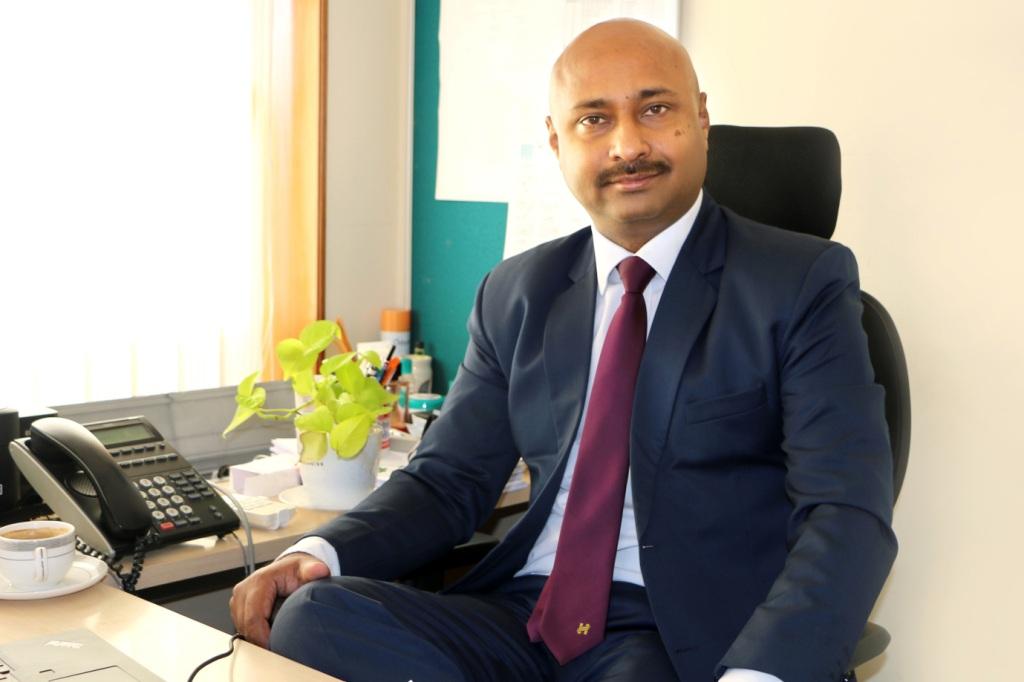
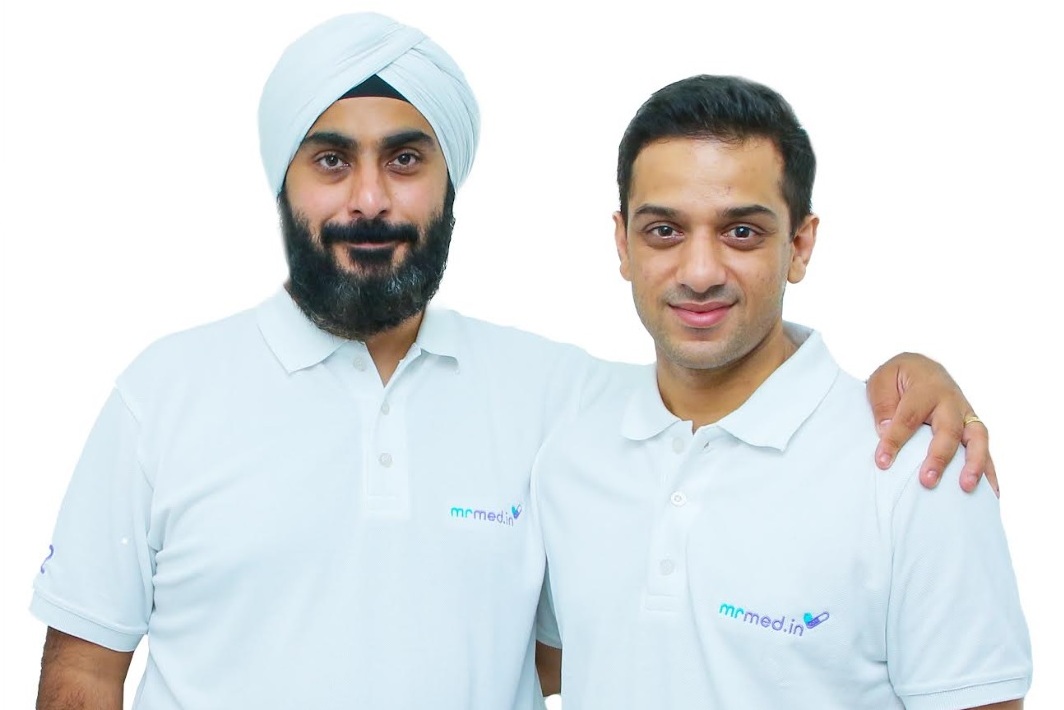
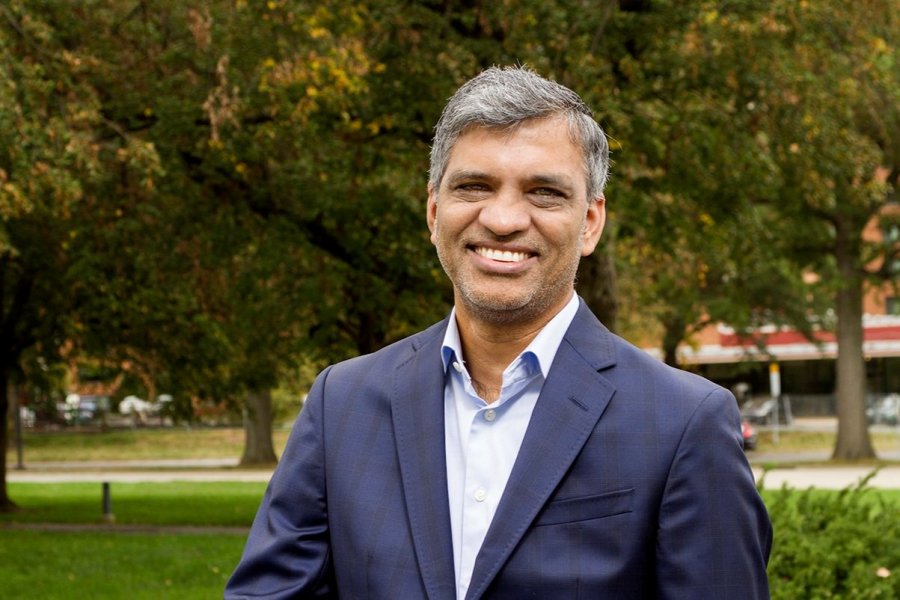


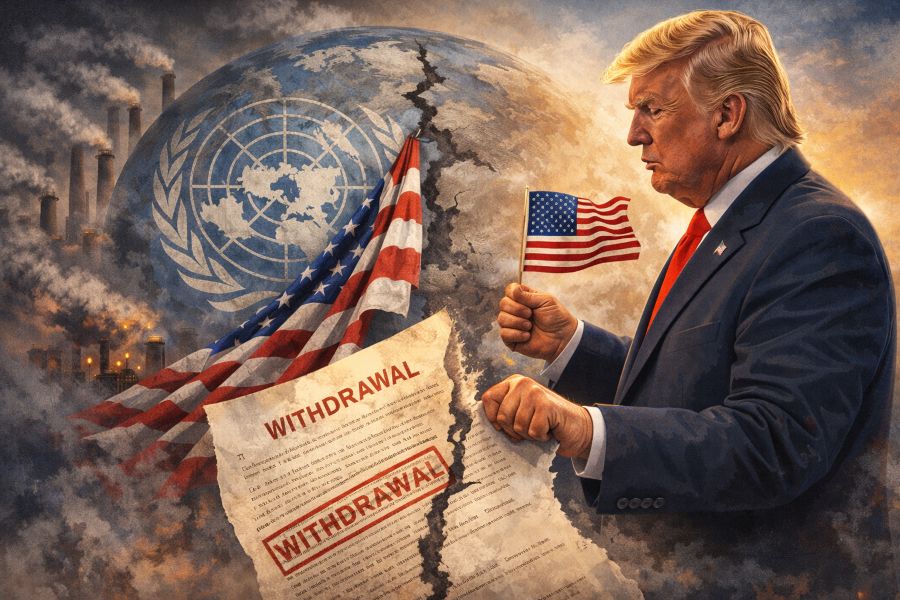
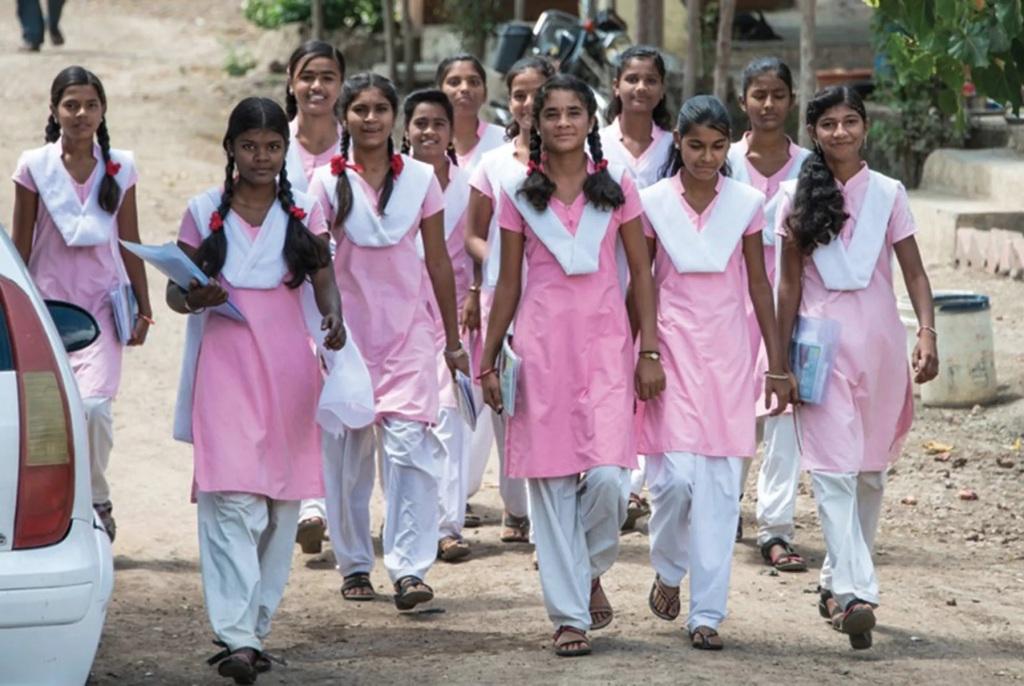

.jpg)




